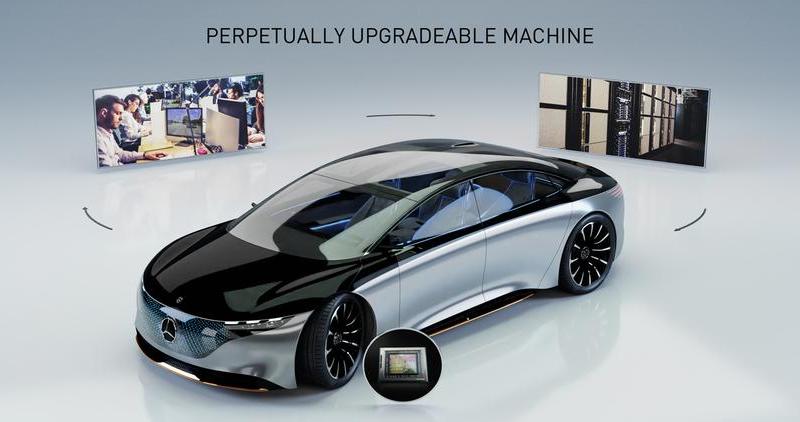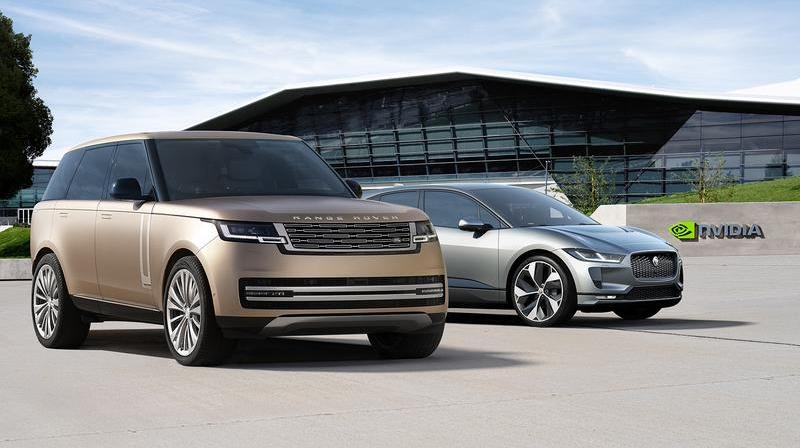Guest blog: The Future of Mobility is Software-Defined
The age of fixed-function devices is over. Whether it’s smart TVs or phones, consumers are used to their products getting better over time through software updates. Similarly, we expect the next generation of software-defined vehicles to radically transform the automotive industry.
Traditional vehicle architectures aren’t designed to support a software-first approach, with distributed ECUs that are difficult to update in between product cycles. Vehicles of the future will need a centralised, high-performance computing platform to run the complex software stack that enables the most advanced intelligent features. This system must also have enough compute headroom built in to be able to run future applications that may have not even been envisioned yet.
These programmable cars of the future will offer new functionalities throughout the vehicle’s life, all available through over-the-air updates, from automated driving capabilities to in-cabin digital assistants. But it won’t just be features that add convenience – this software-defined architecture is purpose-built for a safer, more efficient autonomous future.
Upcoming software-defined fleets
NVIDIA and Mercedes-Benz announced a partnership in 2020 to develop software-defined fleets built on the NVIDIA DRIVE Orin in-vehicle computing system and NVIDIA AI computing infrastructure, beginning production in 2024.

Earlier this year, NVIDIA and Jaguar Land Rover announced that they will jointly develop and deliver next-generation automated driving systems and AI-enabled services to customers. Like the partnership with Mercedes-Benz, Jaguar and Land Rover vehicles will be built on the DRIVE Orin software-defined platform, which delivers a broad spectrum of active safety, automated driving, parking, and driver assistance systems.

A key feature of these software-defined fleets will be the ability to automate driving of regular routes from address to address. In addition, there will be numerous future safety and convenience applications, such as driver and occupant monitoring, as well as advanced visualisation of the vehicle’s environment, which provides a detailed look into the mind of the vehicle’s AI.
In the future, both Mercedes-Benz and Jaguar Land Rover customers will be able to purchase and add capabilities through over-the-air software updates – ultimately increasing value, improving safety, adding greater functionality, and extending the joy of ownership over the lifetime of the car. Just like a mobile phone that receives regular updates, these software-defined vehicles will be perpetually updateable machines that get better and better over time.
Opening up new business models
Whereas cars traditionally depreciate over time, the value of these new vehicles will increase with continuous access to the cutting edge in AI capabilities.
This software-defined architecture is also opening up new business models for automakers. Revenues can be realised at the point of sale, as well as any time during the life of the vehicle. New features may be free of charge, single charge, pay by use, or subscription based.
When it comes to mobility, safety is the number one priority. We want to make sure we’re not only getting it right, but also that we’re never getting it wrong. We firmly believe that the next generation of transportation is autonomous, so we’re making it our mission at NVIDIA to develop software-defined technology that delivers a safer, more convenient experience for all.

Author:
David Hogan, Vice President EMEA at NVIDIA
To read more from Future of Mobility Campaign Week check out our landing page here.


